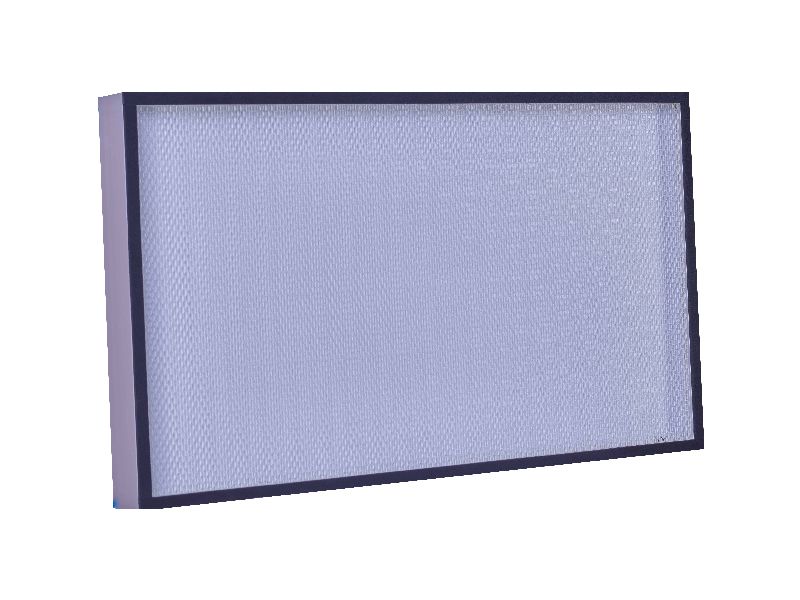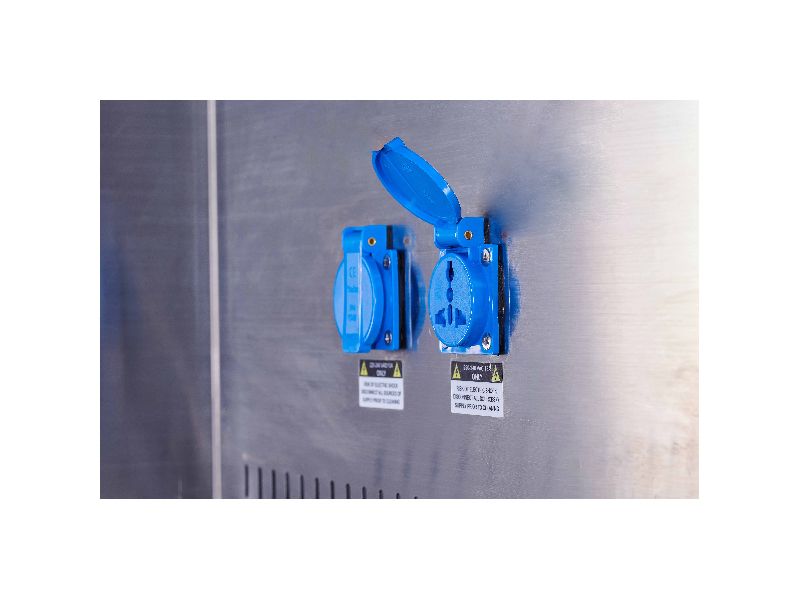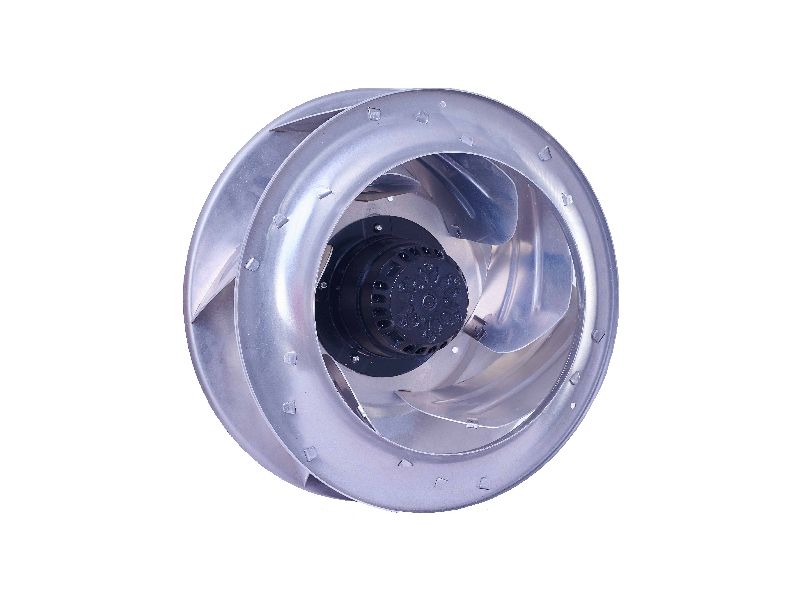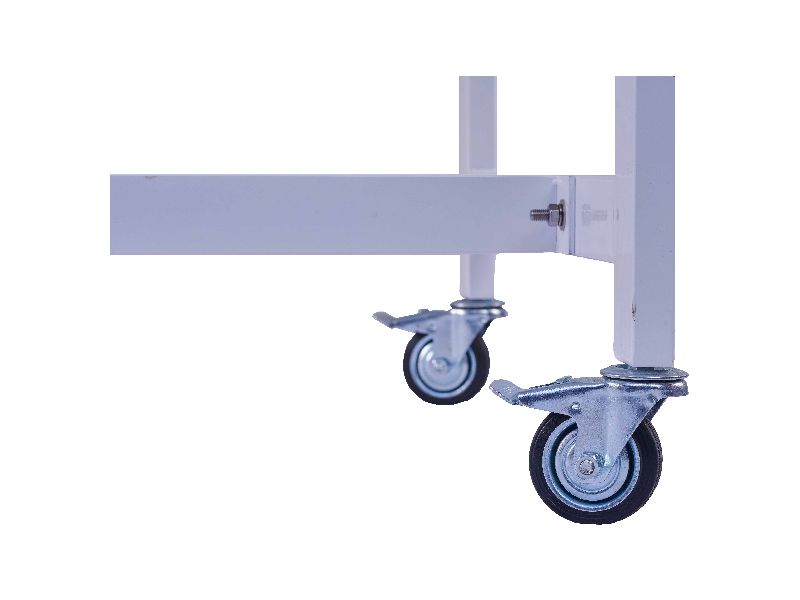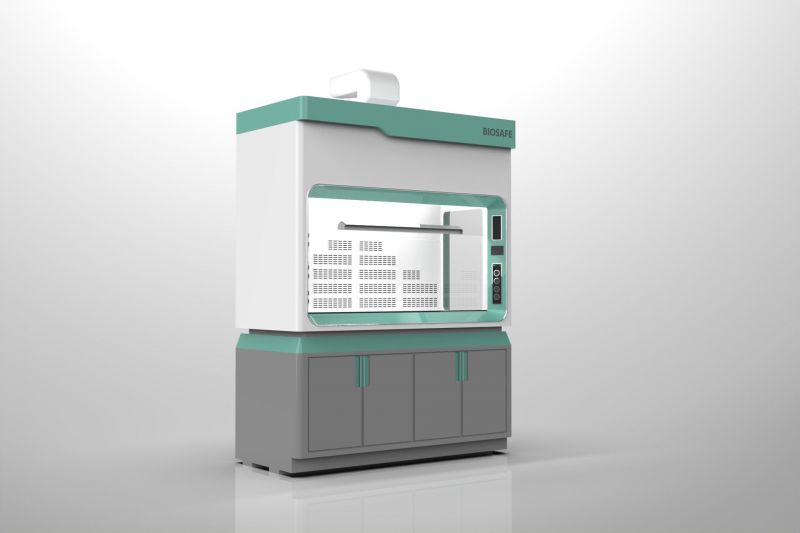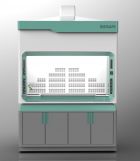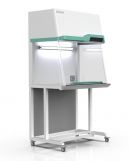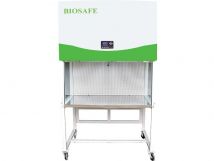There are three classes of biosafety cabinets available. Those are named Class I, II and III. Class I provides protection for the user and surrounding environment, but no protection for the sample being manipulated. Class II provides protection for the user, environment and sample, and is divided into four types: A1, A2, B1 and B2. The main differences are their minimum inflow velocities and exhaust systems. Class III, also known as glove boxes, gives the maximum protection; the enclosure is gas-tight, and all materials enter and leave through a dunk tank or double-door autoclave.
Under the brand BIOSAFE we manufacture following models:
Class II Type A 2
A Class II, Type A2 Biosafety Cabinet provides personnel, product, and environmental protection through filtered air. A Class II, Type A2 cabinet must maintain a minimum average inflow velocity of 100 fpm through the sash opening. Like Type A1 cabinets, they may exhaust HEPA-filtered air back into the laboratory, or may be exhausted outside using a canopy connection. Type A2 cabinets with a canopy connection are safe for work involving biological agents treated with minute quantities of hazardous chemicals. They may also be used with tracer quantities of radionuclides that won’t interfere with the work if recalculated in the down flow air.
Class II Type B 1
A Class II, Type A2 Biosafety Cabinet provides personnel, product, and environmental protection through filtered air. A Class II, Type B1 cabinet must maintain a minimum average inflow velocity of 100 fpm through the sash opening. They have HEPA-filtered down flow air composed mostly of uncontaminated recalculated inflow air and exhaust most of the contaminated down flow air through a dedicated duct that exhausts outside after passing through a HEPA filter. Similar to Type A2 cabinets, Type B1 cabinets are safe for work involving agents treated with minute quantities of toxic chemicals and tracer amounts of radionuclides if the chemicals or radionuclides won’t interfere with the work if recalculated in the down flow air. Unlike a Type A2, a Type B1 cabinet is also suitable for work involving minute quantities of toxic chemicals and tracer amounts of radionuclides required as an adjunct to microbiology applications as long as the work is done in the directly exhausted rear portion of the cabinet (this portion is not marked and therefore ever-changing as the airflow pattern adjusts with the loading of the cabinet’s HEPA filters).
Class II Type B 2
A Class II, Type A2 Biosafety Cabinet provides personnel, product, and environmental protection through filtered air. A Class II, Type B2 cabinet must maintain a minimum average inflow velocity of 100 fpm through the sash opening. They have HEPA-filtered down flow air drawn from the lab or the outside air (not recalculated from the cabinet exhaust) and exhaust all inflow and down flow air to the atmosphere after filtration through a HEPA filter without recirculation in the cabinet or return to the lab. Because of this, they are sometimes referred to as 100% Exhaust or Total Exhaust cabinets. Type B2 cabinets are suitable for work involving biological agents treated with hazardous chemicals and radionuclides required as an adjunct to microbiology applications.
- High quality colled rolled metal structure with anti-bacterial powder coat
- 304 stainless steel work surface & spill tray
- Two HEPA H14 filters @99.995% @ 0.3 um
- Two electrical outlets
- Smart 4″ color touch screen control system
- Maintenance & technical faults alarms
- Timers and counters management screen
- Germicidal water proof UV light system and safety interlock mechanism
- 6 mm triplex layer safety front glass window
- Economical LED light
- Base stand with castor wheels
- ISO 5/CLASS 100 cleanliness level
Download the Technical Data Sheets;
- Biosafety Cabinet (Class II type A 2)
- Biosafety Cabinet (Class II type B 1)
- Biosafety Cabinet (Class II type B 2)
